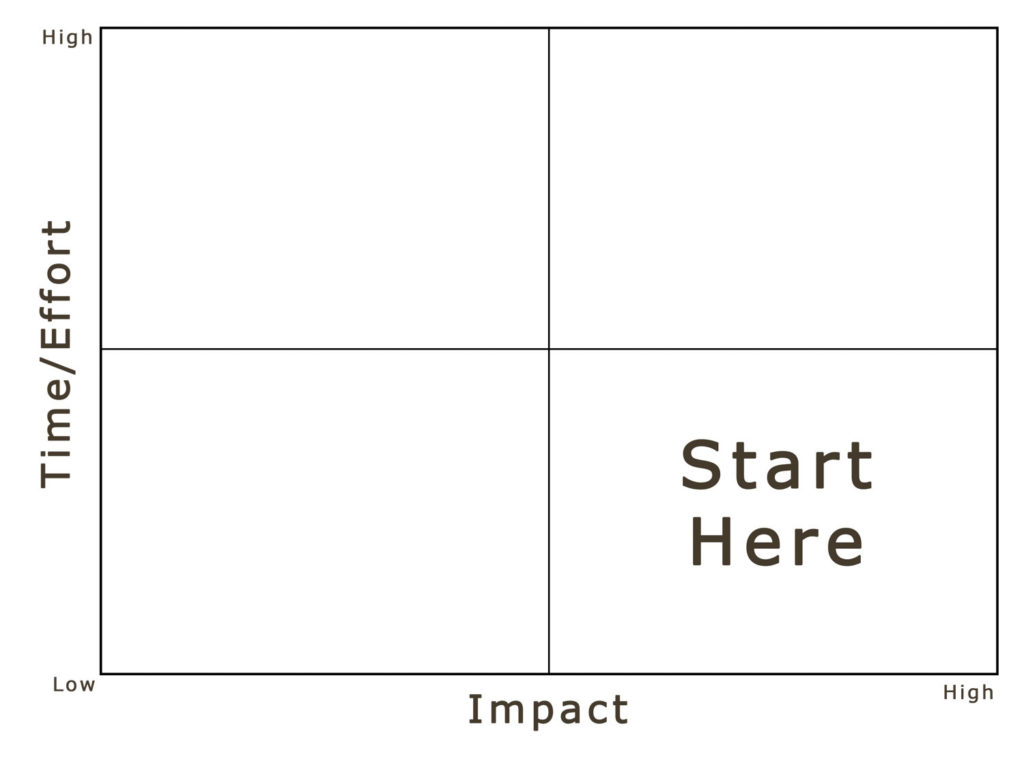Remember Oscar? In my previous article on this topic, I discussed how one of my clients, Oscar (not his real name), was overwhelmed, felt trapped, his work was piling up and he had reached a critical stage in his career, all due to the fact that he had not learned the art of effective delegation. This is not an uncommon situation with leaders who have become accustomed to delivering results through their own knowledge and work ethic.
In that same article, I outlined “The Five Benefits of Effective Delegation.” Learning to delegate effectively brings forth long-lasting benefits. Delegation is a fantastic developmental tool, it also creates employee engagement through building trust, it provides visibility for candidates who may be part of your succession plan, it helps you scale to focus on more strategic elements and to achieve higher roles and it frees up your personal time to do other, more interesting and important things.


Marshall Goldsmith in his book Triggers, states that “If we do not create and control our environment, our environment creates and controls us.” He also goes on to detail that “Structure not only increases our chance of success, it makes us more efficient at it.” So, if you find yourself in the same situation as Oscar, then perhaps it’s time to get control of your environment and create a process that increases your chance of success and, as a result, makes you a more efficient leader. Over the years, I have created a three-step process that can help you effectively delegate work to your team.
Three Steps to Effective Delegation
To build effective delegation skills you must determine what kind of work you are going to delegate, who you are going to delegate the work to, and what process you are going to follow to make sure you delegate the work properly. Follow these steps and you will be well on your way to becoming a more effective leader.
Determine What to Delegate – The first step in the process is to evaluate and decide what to delegate. This can vary greatly between types of roles and between your position in the organization. The general rule is that leaders should delegate the more tactical, analytical work to their subordinates and focus on building relationships and on long-term, strategic thinking and problem-solving.
When you decide what applies to you, you can start out by making a list of those things you should be delegating. You may not be comfortable with delegating those items yet, so don’t limit your list to what you are comfortable delegating. Score each of these items across two dimensions. First, evaluate how much time this task consumes on a weekly or monthly basis (TIP: You can start out with low, medium, or high to simplify the task). Second, assess the impact this has on the business (using the same L/M/H approach).
You can then plot these on a 2×2 like the one in this graphic. You may find that delegating tasks with high impact and a relatively low amount of effort a great place to start and a good place to build your delegation confidence. You can then move to other quadrants as you build your delegation skills and methodologies.

Identify Who to Delegate to – The next step in the process is to stack rank your people based on their readiness to take your job. Place the most qualified person at the top, the least at the bottom. Now divide the group into quartiles. The top quartile should contain those individuals you are considering as potential backfills for you. You might consider giving these individuals the most complex and time-consuming tasks. The second quartile should receive the next level of tasks and so on. Create a playbook based on this approach. The next time you get a new action item, identify the effort and impact and then assign it according to your playbook.
Learn How to Delegate – This is probably the hardest part of delegating work to your team. Understanding how to properly delegate will make a big difference in the outcome. I recommend delegating work as part of a conversation, perhaps during a one-on-one. The steps are as follows:
- Communicate that you have some important work that you would like them to take on and that you trust them with this responsibility.
- If this assignment is linked to their development, then make it clear that this is part of their professional development plan.
- Define the task, the deliverables, the deadline, and provide background on why the project is important. Avoid prescribing how the project is to be done.
- Obtain their commitment and evaluate their level of engagement.
- Without being prescriptive, discuss options on how they might approach the task. Facilitate the conversation by asking for their preliminary thoughts. Be aware that some people need time to reflect first before they can formulate a point of view. If so, ask if they would like to schedule time the next day to discuss their approach.
- Ask them what resources they need to complete the task.
- Agree on a follow-up plan and how updates will be provided. In some cases, you may need to update other people so make sure the person understands any dependencies that exist.
- Be sure to add additional time to the project timeline. Remember that you’ve spent time mastering the required skills, and they are just now learning them. This will help reduce stress and anxiety for both of you when working towards a deadline that may not be otherwise achievable.
Learning how to delegate is a skill that requires us to overcome our objections, rely on our patience, trust our team, and be disciplined enough to carry it out effectively. The benefits of delegating effectively are numerous. Team members will develop new skills, they will be more engaged, and we will get valuable time back on our calendars. Remember to create an approach that works for you. Determine what to delegate, identify who you will delegate the work to, and learn how to delegate tasks effectively.
I hope this article was helpful. Drop me a note in the comment section below or through the Contact Me page if you have any questions.
Thanks,

© T. Kahler Coaching, LLC, All Rights Reserved.



I think the best thing about Terry’s articles and strategies are that they provide clear and simple direction. As someone who might be putting out a few fires at a time, launching something new or assessing current projects all at the same time – the pause to stop, go step by step and invest in the long game of management is a mantra I’m adopting.